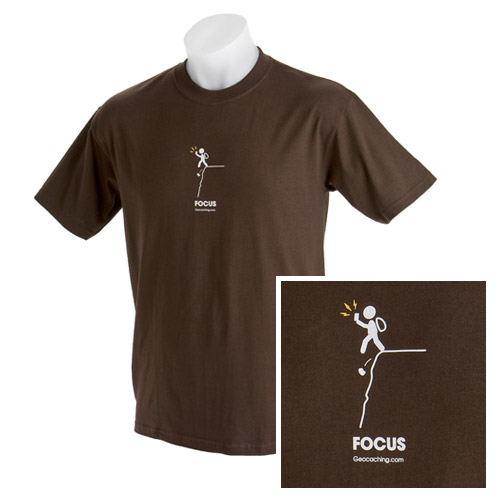Rasta Far Eye: using sound to deliver ambient information to mobiles
The modern mobile phone is chock full of sensors: accelerometers, GPS, microphones, cameras, altimeters, barometers, temperature - and more every year. Mobiles can see lots of things we can't, and give us new senses.
 Lots of approaches to augmenting our senses are visual: the cliché of Augmented Reality apps is a camera's-eye view of the world with graphics overlaid. But at the same time, we're also easily distracted visually: interfaces that demand our attention can be counterproductive in some circumstances. Sometimes this happens to amusing effect: Microsoft riffed on it nicely in some recent advertising, and I love that the Geocaching have appropriated this problem with their hobby and stuck it on a T-shirt; but the consequences of distraction when you're driving really aren't funny.
Lots of approaches to augmenting our senses are visual: the cliché of Augmented Reality apps is a camera's-eye view of the world with graphics overlaid. But at the same time, we're also easily distracted visually: interfaces that demand our attention can be counterproductive in some circumstances. Sometimes this happens to amusing effect: Microsoft riffed on it nicely in some recent advertising, and I love that the Geocaching have appropriated this problem with their hobby and stuck it on a T-shirt; but the consequences of distraction when you're driving really aren't funny.
The good news is that we're quite good at listening to things without getting distracted: the cocktail party effect demonstrates our ability to pay attention without conscious effort, and we consider the radio to be a standard part of a car. Plus it's considered entirely normal to walk around a city listening to music, nowadays: you'll get a few funny looks if you're glued to a phone screen, but white headphones are more than tolerated, they're a fashion statement.
I loved the work that BERG and Timo Arnall did with light paintings and wi-fi signals, and have been wanting to play with something similar for a little while. So at OverTheAir a few of us played with generating reggae from ambient signals, including Wi-fi; but we failed to get the Rasta Far Eye (as it was dubbed, in homage to The Great Upsetter) complete in time for the demos. This was all the more frustrating for my wanting a tool like this for my own use over the weekend, as I wandered around the beautiful Bletchley site trying to find somewhere with good connectivity to park myself.
So at the Power of Minds hack day being run by Rewired State this weekend, I gave it another go - constraining myself to watching wi-fi signals only, and regretfully dropping the reggae aspect of the original. It's an Android app which can look either for any open wi-fi networks, or track a specific network, and plays loops of music which get stronger and more percussive as the strength of the network you're looking for increases... or fade out into the background as your connectivity weakens.
I'm going to have a play with it over the next few days, try using it around town or on campus, and see if it's actually useful.
I think this class of thing might be handy for in-car usage, where attention should be carefully rationed - perhaps in this case tracking GSM signal strength would be more useful. When I last drove regularly I had a few occasions when I wanted to find an area of good mobile reception to make an important phone call, and this would help.
It's also occurred to me that most of the sound that phones pump out today is designed to alert the owner across a room - i.e. to stand out, be a little bit piercing, wake you up, or annoy. Once you're designing audio for ambient consumption or headphone use, I wonder if you'll need different sorts of sound? More research needed.